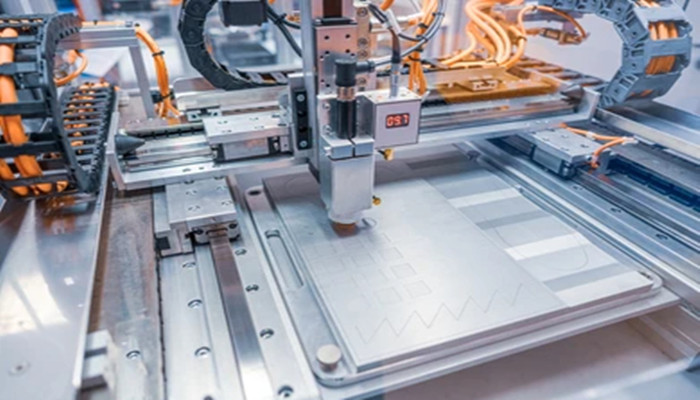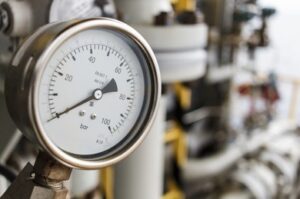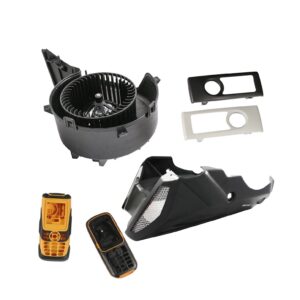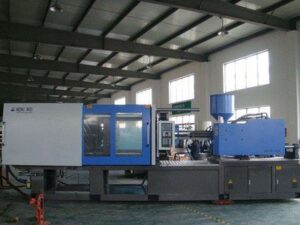Using CNC machining to produce products is an efficient and cost-effective process that enables you to complete your projects more quickly and with better results. Whether you are manufacturing parts for your own home, a small or large company, or even a manufacturing plant, you can rely on CNC to deliver on your deadlines and your budget.
CNC machining
Using CNC machining, manufacturers are able to design and produce parts that are highly accurate and precise. They also help industries reduce their costs associated with wasted material.
CNC machines are used to manufacture products, such as engine parts, brakes, engine casings, printed circuit boards, artillery components, and aircraft components. They are also used to create tools and fixtures, such as molds and jigs.
Because CNC machining is highly automated, manufacturers can produce parts quickly and accurately. They also reduce the risk of errors. With the increased speed of trains and airplanes, manufacturers need more precise parts. The transportation sector also needs robust and durable parts.
The aerospace industry uses CNC machining to produce components with high tolerances. The medical industry also uses the technology to create customized products that help protect patients against infectious diseases.
Because of the precision of CNC machining, it is also used to manufacture parts for the electronics industry. There are a variety of materials used in CNC precision machining, including metals, plastics, and conductive materials like silicon. Choosing the right material for your CNC manufacturing project depends on the specifications of your part.
Some of the most popular materials used in CNC machining include aluminum, steel, magnesium, and copper. For high-performance engineering applications, anodized finishes are recommended. They provide good dimensional control and an aesthetically pleasing finish. They are more expensive than other finishes, however.
CNC turning
Using CNC turning machines, engineers can create a variety of shapes, from disks to cylindrical parts. It allows them to produce precision parts for a wide variety of applications, including electronic components and printed circuit boards.
In order to do this, engineers must understand the basic processes involved in turning a workpiece. They must also consider the type of raw material used and the size of the piece.
For example, a plastic part will have different properties than a metal component. A cylinder shaped part will be more efficient in the CNC turning process than a non-cylinder shaped one.
Aside from turning, there are several other operations that are part of the process. For example, a CNC lathe machine rotates a bar of material at high speeds.
The main spindle of a CNC turning lathe consists of a spindle drive system, motors, gears, and a chuck. The spindle can be attached to an electric motor, which allows the operator to turn an assembly 360 degrees.
A tool turret holds multiple tools at one time. This allows the user to switch operations, including milling, drilling, and turning. It also helps reduce the number of secondary operations.
The process of turning is similar to the operation of holding a lathe spindle. However, in order to do this, a computer program must be used. The program directs the tool through long lines of code.
CNC milling
Whether you need to design a part, fabricate a prototype or manufacture a series of parts, CNC milling can make your production run easier, faster and more accurate. MF Engineering is a CNC machining specialist and we can help you choose the method that best suits your production needs.
CNC milling is a machining process that uses computerized controls to rotate multi-point cutting tools. These tools can work with a wide variety of materials and are designed to cut and position workpieces accurately.
CNC milling is ideal for machining high volume parts. The process is often used for plastic or metal fabrication, and can produce complex prototypes or short-run production parts.
Depending on the model of machine, milling operations can take place on several different axes. In addition to moving along the X and Y axes, some models can move along the Z axis.






